Major River in South America
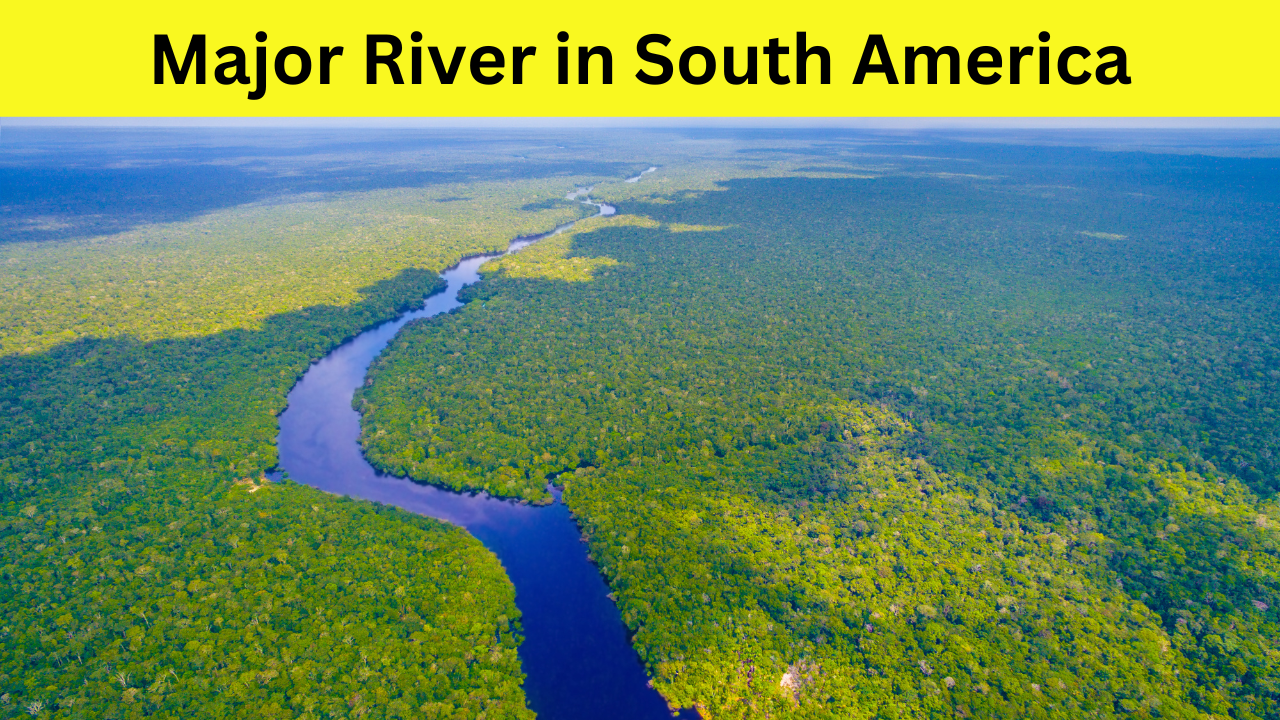
South America has three major river basins: the Amazon, Orinoco, and Paraguay/Paraná. The Amazon River is the largest river in South America and the second-longest in the world, with a diverse and unique wildlife. The Rio de la Plata is another major river in South America, located between Argentina and Uruguay. Other rivers in South America include the Magdalena River in Colombia and the São Francisco River in Brazil. These rivers flow to the Atlantic Ocean and create some of the world’s largest waterfalls.
written
reviewed
updated

Thanks for your feedback!
Your contributions will help us to improve service.
Some Interesting facts about Major Rivers of South America
Amazon River
The Amazon River is the largest river in South America and the second-longest globally.
- Comprising over 1,100 tributaries, it flows through three different countries.
- The river is unparalleled globally, impacting the adjacent Amazon rainforest, preventing bridge construction, and elevating the ocean in the Caribbean Sea.
- With the largest volume of freshwater, it releases approximately 200,000 liters per second into the ocean, contributing to nearly 20% of global river water entering the sea.
- The Amazon River originated around 11.8 million years ago.
- Home to diverse flora and fauna, it hosts unique species like the Amazon River Dolphin, one of only four "true" river dolphin species.
- Martin Strel achieved the remarkable feat of swimming the entire length of the Amazon River.
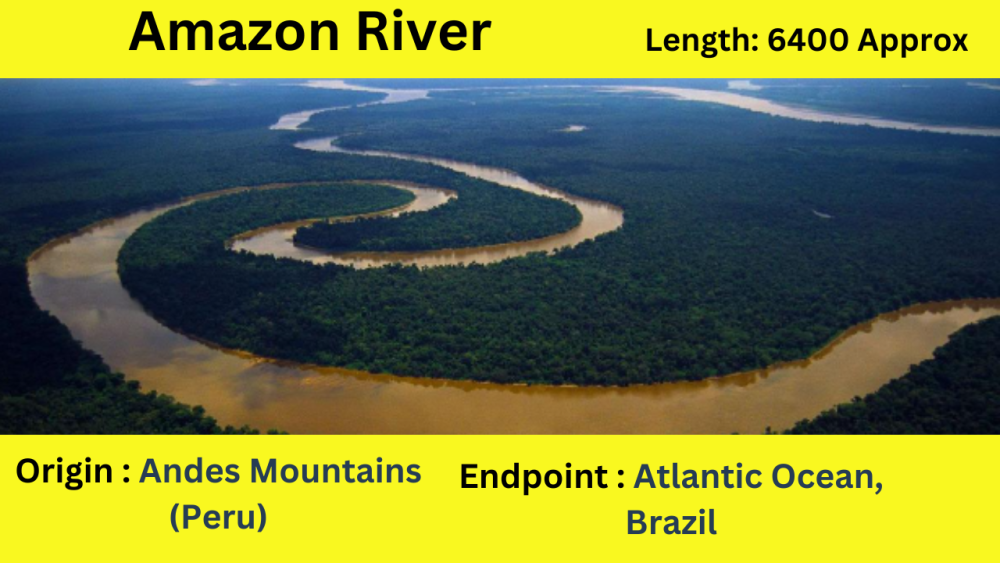
Paraná River
- The Paraná River is the second longest river in South America after the Amazon .
- It rises on the plateau of southeast-central Brazil and flows south through Brazil, Paraguay, and Argentina .
- The Paraná River basin covers an area of about 2,800,000 square kilometers .
- The Paraná River is home to the world’s only river delta that flows into another river, the Río de la Plata .
- The Paraná River is the second largest river in South America by volume of discharge, after the Amazon River .
- The Paraná River is home to the world’s widest waterfall system, the Iguaçu Falls, which spans nearly 3 kilometers in width and is higher than the Niagara Falls .
- The name Paraná is a shortened form of the phrase “para rehe onáva”. It is a Tupi word that means “like the sea” .
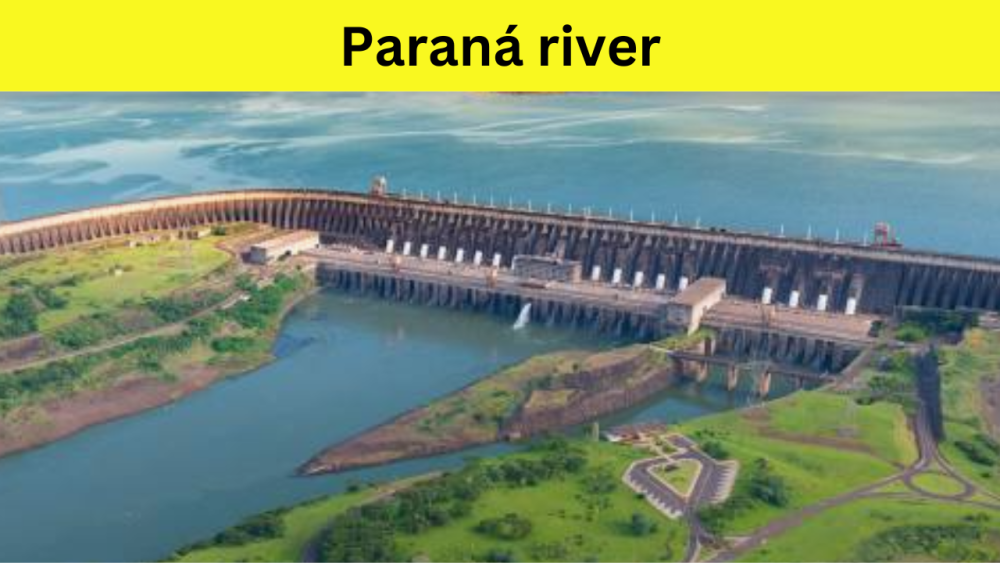
Orinoco River
- The mouth of the Orinoco River was discovered by Christopher Columbus on August 1st, 1498.
- The Orinoco River is home to over 1000 species of fish, including piranhas and electric eels.
- The Orinoco River is the third-longest river in South America, stretching over 2,140 kilometers.
- The Orinoco River basin is renowned for its incredible biodiversity, housing an astonishing array of plant and animal species.
- The Orinoco River serves as a natural highway, facilitating transportation and trade between various towns and communities along its banks.
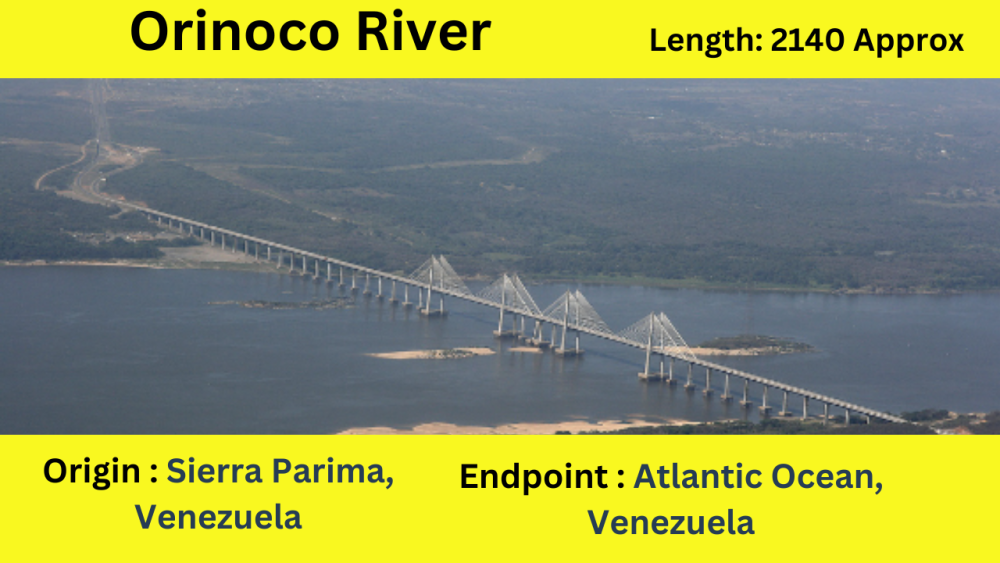
São Francisco River
- The São Francisco River is Brazil’s longest river at 3,915 miles .
- It supplies water to the dry northeast region of Brazil .
- The basin contains many threatened species .
- It has over 200 tributaries and streams .
- It flows through 5 Brazilian states: Minas Gerais, Bahia, Pernambuco, Alagoas, and Sergipe .
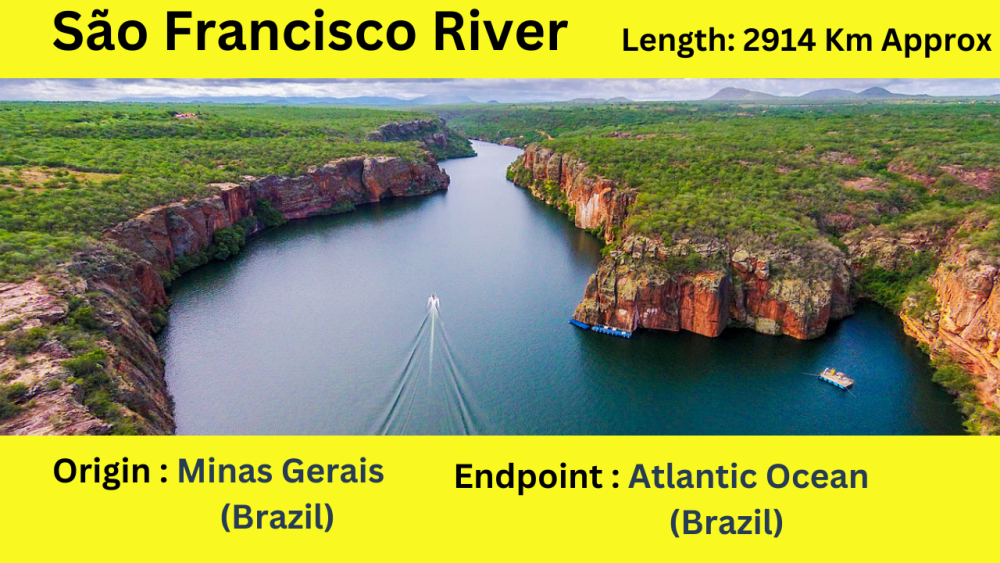
Paraguay River
- The Paraguay River is the fifth largest river in South America and the principal tributary of the Paraná River.
- The river runs through Brazil, Bolivia, Paraguay, and Argentina.
- The Paraguay River is subject to seasonal flooding, which has considerable effect on the flow of the lower Paraná.
- The Paraguay River has varying rates of flow between its source and mouth. Above Corumbá, Brazil, the highest rate of flow occurs in February and the lowest rate occurs from July to August.
- The Itaipu Dam on the Parana River produces almost all of Paraguay’s electricity. Situated on the border with Brazil, the dam is owned by both countries.
- The Paraná River, which runs through Brazil, Paraguay, and Argentina is South America’s second-longest river after the more famous Amazon River.
- The name Paraguay is said to have come from an Indian word meaning “river that gives birth to the sea
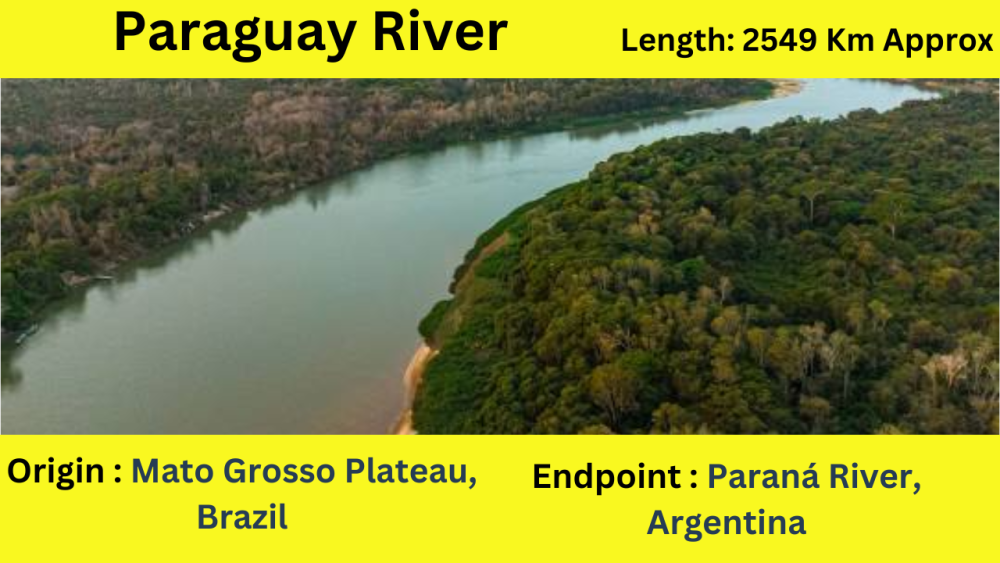
Madeira River
- The Madeira River is a major tributary of the Amazon River and is formed by the junction of the Mamoré and Beni rivers at Villa Bella, Bolivia.
- The name “Madeira” means wood in Portuguese, which is derived from the reddish-brown color of the river’s water .
- The river is 4,006 km long and flows through Brazil, Bolivia, and Peru . The Madeira River is home to over 800 species of fish, including the piranha.
- The river is known for its annual floods that can rise up to 50 feet during the wet season, inundating the forests on its flanks.
- The river is a major transportation route for goods and people in the region, and it is also used for hydroelectric power generation.
- The Madeira River is an important source of water for the Amazon River, which is the largest river in the world by volume.
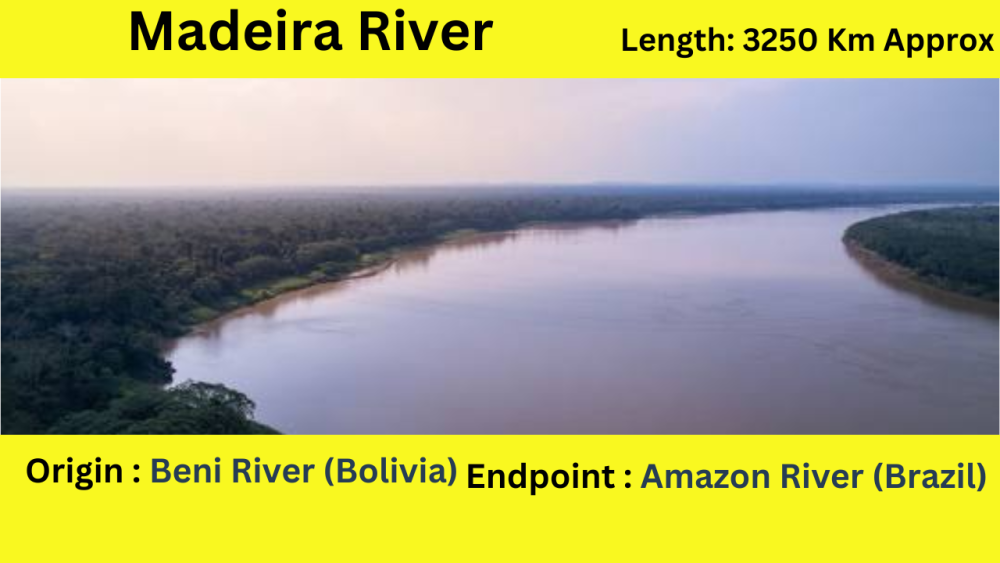
Magdalena River
- The Magdalena River is the most important river in the western part of Colombia, with a length of 1,538 kilometers (956 miles).
- The river is navigable by shallow-draft steamboats between Neiva and the sea.
- About 80 percent of the population of Colombia live on the banks of the river or one of its tributaries.
- Barranquilla, Colombia’s biggest city, lies on the banks of the river.
- The river supports 2,735 species of animals, many of which are endemic to the region.
- The Magdalena River basin, which includes the Cauca River and other tributaries, is very rich in fish. As of 2008, 213 fish species were known from the basin.
Uruguay River
- The Uruguay River is a major river in South America that flows from north to south and forms parts of the boundaries of Brazil, Argentina, and Uruguay.
- The source of the Uruguay River is in Brazil, and its mouth opens into the Río de la Plata Basin and forms the border between Uruguay and Argentina.
- The river is unusual because it has a submerged canyon that formed during the Ice Age when the climate was drier and the river was narrower.
- The depth of the canyon is up to 100 meters below the bottom of the river channel, and it is 1/8 to 1/3 as wide as the river.
- The Uruguay River is important for transportation and is navigable for large vessels up to the city of Paysandú in Uruguay.
- The river is home to a variety of fish species, including the golden dorado, which is a popular game fish.
- The Uruguay River is also a source of hydroelectric power and has several dams along its course, including the Salto Grande Dam, which is shared by Argentina and Uruguay.
Negro River
- The Negro River is a major tributary of the Amazon River.
- It originates in Colombia and flows through Brazil, Colombia, and Venezuela.
- The river is the largest blackwater river in the world.
- It is approximately 1,400 miles long.
- The river is home to over 700 species of fish.
- It is home to the largest freshwater turtle in South America.
- The river is an important source of livelihood for indigenous people in the region
Xingu River
- The Xingu River is a southeast tributary of the Amazon River and one of the largest clearwater rivers in the Amazon basin.
- It flows for 1,979 km (1,230 miles) from central Mato Grosso, Brazil to the Amazon.
- The Xingu area is of great interest because its rich indigenous cultures escaped devastation by Europeans and their diseases.
- Over 25,000 indigenous peoples from 18 ethnic groups live along the river, including the Juruna, Xikrín, Arara, Xipaia, Kuruaya, Parakanã, Araweté, and Kayapó.
- More than 450 fish species have been documented in the Xingu River Basin.
- The first Indigenous Park in Brazil was created in the river basin by the Brazilian government in the early 1960s.
- The Xingu River is home to new and colorful catfish species that were largely unknown until the 1990s.
| River | Origin | End | Length |
|---|---|---|---|
| Amazon River | Andes Mountains, Peru | Atlantic Ocean, Brazil | 6,400 km Approx |
| Paraná River | Confluence of Paranaíba and Grande Rivers, Brazil | Río de la Plata, Argentina | 4,880 km Approx |
| Orinoco River | Sierra Parima, Venezuela | Atlantic Ocean, Venezuela | 2,140 km Approx |
| Madeira River | Confluence of Mamoré and Beni Rivers, Bolivia | Amazon River, Brazil | 3,250 km Approx |
| São Francisco River | Serra da Canastra, Brazil | Atlantic Ocean, Brazil | 2,914 km Approx |
| Magdalena River | Andes Mountains, Colombia | Caribbean Sea, Colombia | 1,528 km Approx |
| Paraguay River | Mato Grosso Plateau, Brazil | Paraná River, Argentina | 2,549 km Approx |
| Uruguay River | Serra do Mar, Brazil | Río de la Plata, Uruguay | 1,838 km Approx |
| Negro River | Guiana Highlands, Venezuela | Amazon River, Brazil | 1,400 km Approx |
| Xingu River | Mato Grosso Plateau, Brazil | Amazon River, Brazil | 1,780 km Approx |
Copied to Clipboard
Ad